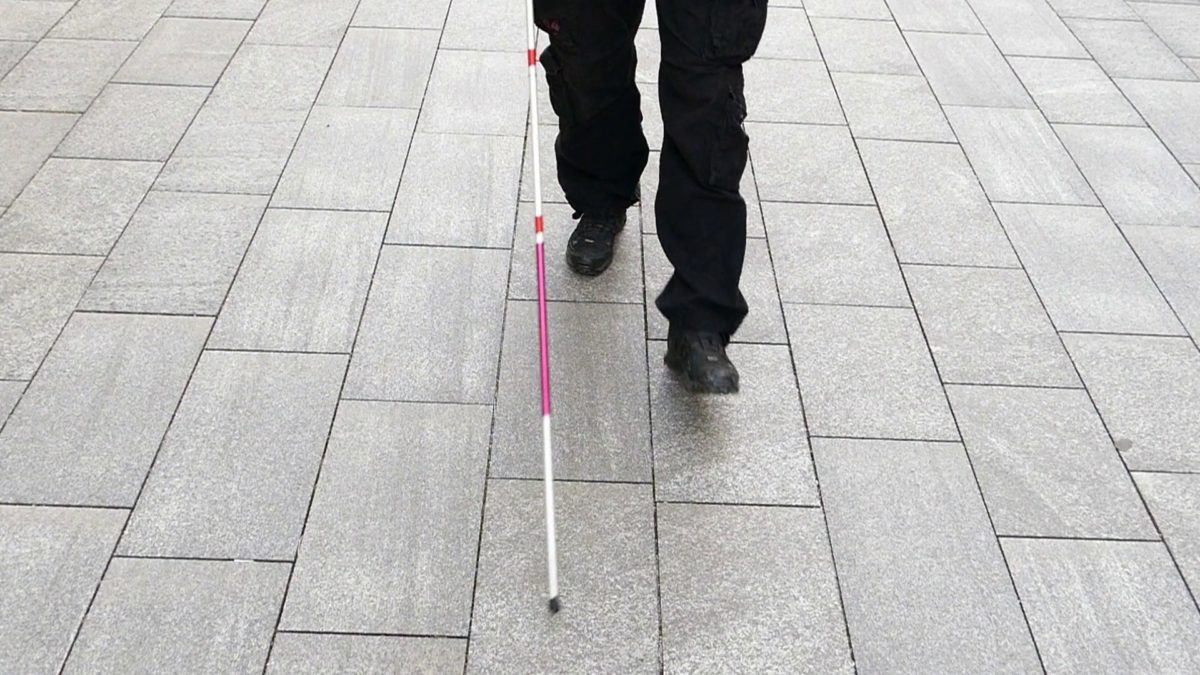News
Guide Drones for the Blind
While innovative solutions to common age-old problems do improve the situation of the problem significantly, they do face resistance in terms of their commercial application which is attributed to a multitude of factors relevant to fields of studies ranging from feasibility analyses and quality control to social sciences and customer relevance.
One such factor that concerns technical solutions designed for aiding handicapped or impaired people is social acceptability. Solutions like robotic limbs, breathers and drones are liable to social disapproval.
The social aspect is aggravated if the equipment helping a handicapped or impaired person affects other people or can be observed too easily as an aberration. For this reason, the design of such equipment is alleviated from being too noticeable.
Field Study or Social Experiments
Look, a guidance drone! Assessing the Social Acceptability of Companion Drones for Blind Travelers in Public Spaces is a recent study composed of different social experiments conducted by the German researchers Mauro Avila Soto and Markus Funk.
Objective
The objective of the field study is to assess the social acceptability of drones helping visually impaired people leading to an understanding of how the social aspect can be improved by making technical changes in a design specifically in the case of human-drone interaction.
Field Study Details
Three public areas were chosen for the field study or social experiments primarily to study the variety in social groups and their reactions to visually impaired persons using quad-copters for navigation. The places in the city of Panama were:
- A food court in a mall
- An outdoor urban park
- A college building.
The field study involved three participants:
- the person with visual impairment who was using the quadcopter navigation,
- a sighted collaborator, who was operating the quad-copter,
- rhe experimenter who detected people in the location who showed interest in the person navigated by a leashed quadcopter.
After a 10 minute collaborated walk of the visually impaired person in each area, passerby observing the walk were approached for interviews by the collaborator and the third experimenter who observed the said passerby. The visually impaired user of the drone service, however, was not involved in the interviews to avoid any sort of opinion bias at the interviewee’s end. The passerby interviewed were 15 people between the ages 19 to 41, who were briefed on the concept of flying devices used for aiding users in navigation.
Results of the Field Study
Certain assertions, reservations and opinions were significantly expressed by the passerby:
- Most people agreed with the idea on the condition that it is feasible.
- Reservations over the drone colliding with elements in the environment.
- The element of surprise posed by a flying object to the passerby.
- Preference to solutions that do not include flying devices.
- Reservations over legal issues.
- Questions regarding how a drone adds more value to the solution than conservative alternatives like the navigator canine.
Implications of the Results
Acceptance based on helpfulness
While the participants were supportive of visually impaired members and favored the importance of offering assistance to the members, they were not solid proponents of a quad-copter as a reasonable solution to the problem of navigation for the visually impaired. The reason they highlighted for this was the potential harm to environment which could be serious in nature upon the collision of the quad-copter with people or private property.
Further, participants link the level of acceptance to the level of suitable assistance that the device would be able to give to the users with visual impairments.
The level of acceptance includes the risk of possible failures in the system and their consequences.
Information decreases surprise and increases acceptance
A significant proportion of the participants had reservations regarding the element of surprise or social aberration which the use of a quad-copter to navigate persons with visual impairments presents.
If the public is well-informed about the purpose, functioning and benefits of the drone service, the surprise factor can be minimized.
Perception of people with visual impairments and their assistive elements must be supportive
As per the field study, all of the participants agreed that the public perception or acceptance of a helpful and feasible solution is not supposed to affect the application of the solution. This idea was reciprocated by the participants who disliked the idea of a navigator drone or preferred alternatives over the idea as well.
Citation: Look, a guidance drone! Assessing the Social Acceptability of Companion Drones for Blind Travelers in Public Spaces, Mauro Avila Soto, University of Stuttgart, Markus Funk, TU Darmstadt, Poster Session 2, ASSETS’18, October 22–24, 2018, Galway, Ireland – http://delivery.acm.org/10.1145/3250000/3241019/p417-avila-soto.pdf?ip=120.154.36.48&id=3241019&acc=OPEN&key=4D4702B0C3E38B35%2E4D4702B0C3E38B35%2E4D4702B0C3E38B35%2E6D218144511F3437&__acm__=1539309023_c69ddd6952225abb281b7ab59595394b | https://doi.org/10.1145/3234695.3241019


















